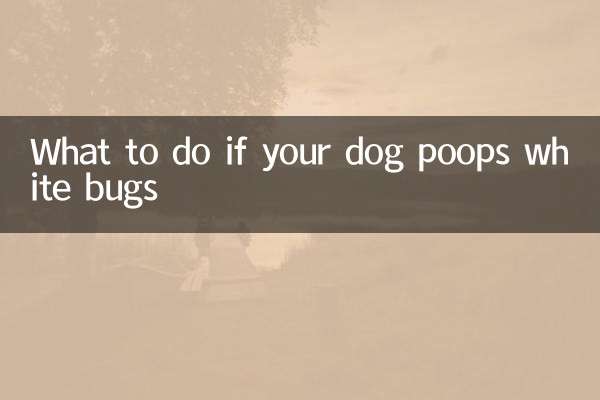How to Treat Trichomonas in Pigeons
Trichomonas is one of the common parasites in pigeons. It mainly lives in the digestive tract and respiratory tract of pigeons. In severe cases, it will affect the health and competition performance of pigeons. This article will detail the symptoms, diagnosis, and treatment of Trichomonas and provide structured data for reference.
1. Symptoms of Trichomonas

After being infected with Trichomonas, pigeons may show the following symptoms:
| Symptoms | Description |
|---|---|
| Loss of appetite | The pigeons’ food intake was significantly reduced, and they even refused to eat. |
| weight loss | Pigeons lose weight rapidly due to insufficient nutritional intake |
| Diarrhea | Stool that is watery or contains mucus |
| difficulty breathing | Shortness of breath or mouth breathing may occur in severe infections |
| fluffy feathers | Pigeons are lethargic and their feathers have lost their luster |
2. Diagnosis of Trichomonas
Confirming Trichomonas infection requires laboratory testing:
| diagnostic methods | Description |
|---|---|
| stool test | Observing Trichomonas eggs or adult worms in feces through a microscope |
| Oral swab | Collection of oral mucus for microscopic examination |
| PCR test | Molecular biology methods, highly accurate but costly |
3. Treatment of Trichomonas
Trichomonas is mainly treated with drugs. The following are commonly used drugs and their usage:
| Drug name | Usage and dosage | Course of treatment |
|---|---|---|
| Metronidazole | 25-50mg/kg body weight, oral | 5-7 days |
| Ronidazole | 10-20mg/kg body weight, orally | 3-5 days |
| Dimenidazole | 0.05% drinking water, continuous use | 5 days |
| Tinidazole | 50mg/kg body weight, oral | 3 days |
4. Preventive measures
Preventing trichomoniasis infection is more important than treating it. Here are some effective preventive measures:
| Precautions | Specific practices |
|---|---|
| Regular deworming | Preventive deworming every 3-6 months |
| maintain hygiene | Clean the pigeonhouse regularly and keep it dry and ventilated |
| Drinking water management | Provide clean drinking water and regularly disinfect drinking fountains |
| Quarantine new pigeons | Newly imported pigeons need to be quarantined and observed for 2 weeks |
| Nutritionally balanced | Provide full-price feed to enhance pigeon immunity |
5. Precautions during treatment
During the treatment of Trichomonas, pigeon owners need to pay attention to the following points:
1. Use the medicine strictly according to the instructions and do not increase or decrease the dosage at will.
2. Provide easily digestible feed during treatment, such as millet, brown rice, etc.
3. Keep the loft quiet and reduce stress
4. Closely observe the pigeon’s reaction. If any adverse reaction occurs, the drug should be discontinued in time.
5. Review after treatment to ensure complete removal of parasites
6. Prognosis and recovery
Pigeons that are treated promptly have a good prognosis and are usually back to health in 1-2 weeks. Vitamins and electrolytes can be supplemented during the recovery period to help the pigeons quickly regain their physical strength. For racing pigeons, it is recommended to rest for 2-3 weeks after recovery before competing.
Through scientific treatment and preventive measures, Trichomonas infection can be effectively controlled and the health of the pigeons can be ensured. Regular physical examinations and preventive medication are the keys to preventing and treating Trichomonas.

check the details

check the details